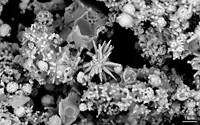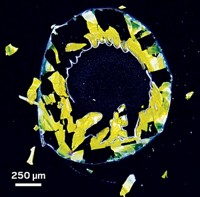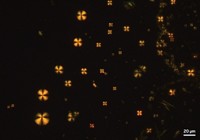Advertisement
Grab your lab coat. Let's get started
Welcome!
Welcome!
Create an account below to get 6 C&EN articles per month, receive newsletters and more - all free.
It seems this is your first time logging in online. Please enter the following information to continue.
As an ACS member you automatically get access to this site. All we need is few more details to create your reading experience.
Not you? Sign in with a different account.
Not you? Sign in with a different account.
ERROR 1
ERROR 1
ERROR 2
ERROR 2
ERROR 2
ERROR 2
ERROR 2
Password and Confirm password must match.
If you have an ACS member number, please enter it here so we can link this account to your membership. (optional)
ERROR 2
ACS values your privacy. By submitting your information, you are gaining access to C&EN and subscribing to our weekly newsletter. We use the information you provide to make your reading experience better, and we will never sell your data to third party members.
Photonics
Chemistry In Pictures
Chemistry in Pictures: ‘Dusty peacock’
by Craig Bettenhausen
May 30, 2018

Jess Wade, a physicist at Imperial College London, studies polymers and liquid crystals used in display and light-emitting diode technologies. This microscope image (at 10x magnification) shows a polymer and small chiral molecule blended in a film less than 100 nm thick. When Wade warmed the film up to a certain temperature called the polymer’s glass transition temperature, the chains became more flexible and, where there were defects on the underlying surface, started to form peacock-like structures. The feathery structures “may look great through a cross-polarized microscope, but in reality, any aggregates aren’t good for displays,” she says. By studying these transitions in and out of the liquid crystal state, Wade and her group can understand how temperature and film composition affects device performance.
Credit: Jess Wade and Li Wan, @jesswade, Department of Physics and Centre for Plastic Electronics, Imperial College London
Do science. Take pictures. Win money. Enter our photo contest here.
Related C&EN Content:





Join the conversation
Contact the reporter
Submit a Letter to the Editor for publication
Engage with us on Twitter